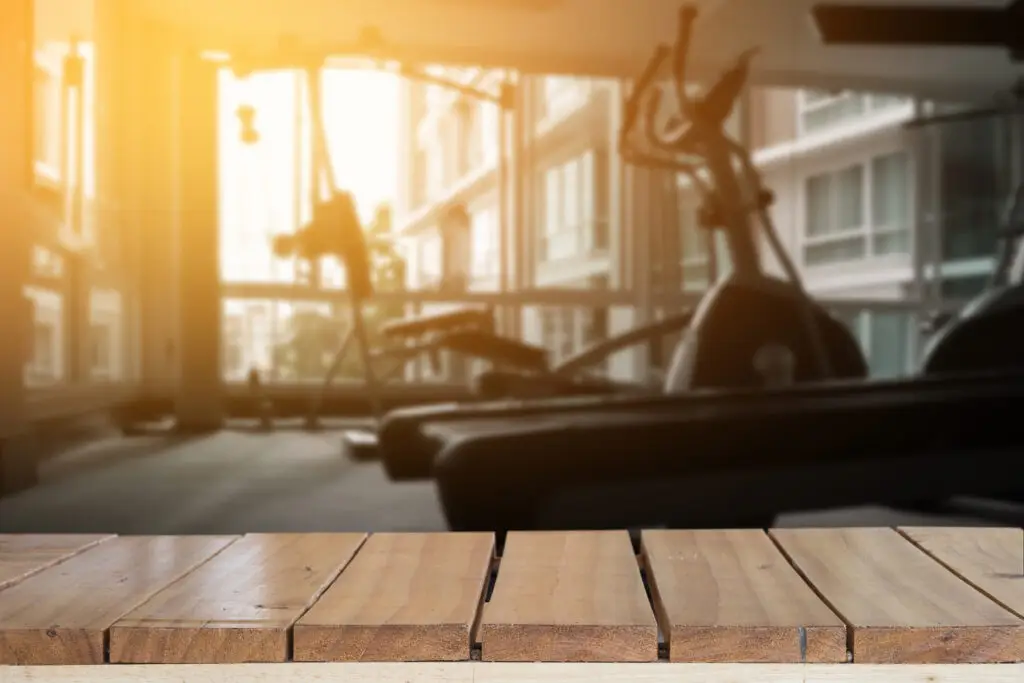Each year, when January rolls around, millions take a long look at themselves in the mirror and realize they have a problem with their weight. The Center for Disease Control and Prevention (CDC), the federal agency charged with monitoring and managing epidemics such as influenza and other health hazards, estimates that more than one-third of Americans are clinically obese.
This medical condition can and does wreak havoc on adults and children. Type I and Type II diabetes, which are largely caused by obesity, have been on the rise for decades. Cardiologists at the American Heart Association noted that with too much fat around the waist, an individual is at a higher risk of heart problems, including high blood pressure, high cholesterol, heart attack and stroke.
As the spine experts at Texas Back Institute can also attest, obesity can affect back health as well. The excess weight accentuates the spinal curve, adding pressure to the bones and discs of the spine. This cause back pain and raising the potential for rupture of these discs.
Obesity in the Military
Even the U.S. Army has realized the national security risk of obesity among its soldiers. A recent article in The Wall Street Journal noted that 17 percent of Army soldiers are classified as obese, according to a 2016 report. This is about half the rate among U.S. (civilian) adults, but this rate has increased from 13 percent a year earlier.
The Army has decided to evaluate the physical fitness test they use for every soldier – both men and women – and many in the military feel the new, more rigorous test, will be implemented in 2018. The current test consists of timed push-ups, sit-ups, and a two-mile run. Physical fitness experts have long felt that this is an inadequate measurement of a soldier’s ability to successfully perform on the battlefield.
The new test is much more challenging and there is no age or gender bias. It includes: (1) barbell dead-lift, (2) a reverse throw of a ten-pound kettlebell (distance measured), (3) a new “T” push-up, (4) a 250-meter shuttle dragging a 90-pound sled and carrying two 40-pound kettlebells (5) a leg lift, requiring the lifting of knees or thighs to elbows while hanging from a pull-up bar and (6) a timed two-mile run.
Is This New Test Dangerous to the Back Health of Soldiers?
Not everyone in the Army agrees on the efficacy and safety of this new fitness test. Military fitness experts expressed concerns that the test could discriminate against women and cause injuries to both genders. The dead-lift with barbells and the sled pull were noted as particularly dangerous to back health when not performed correctly.
 Dr. Rey Bosita, an orthopedic surgeon at Texas Back Institute offered his professional opinion on this new fitness test.
Dr. Rey Bosita, an orthopedic surgeon at Texas Back Institute offered his professional opinion on this new fitness test.
“The dead-lift in this pilot test is probably the most problematic,” he said. “Proper technique is critical to avoiding back injuries from weightlifting. Most lower back pain and injuries are the result of damage to the soft tissues which support the lower spine. This includes muscles, tendons, and ligaments. The lower spine requires these soft tissues to hold the body upright and support the weight of the upper body. Too much stress or an awkward lift can injure these soft tissues resulting in injuries and pain.
“That being noted, weight training, when done correctly, is an excellent strategy for building bone density. We advise patients who might be susceptible to osteoporosis to undertake a professionally supervised weight lifting program. If the Army can offer their soldiers this supervised weight training, it could very well help them build muscle strength and bone health.”
Four “Back Safe” Weight Loss Strategies
“It is not necessary for most of our patients to be ‘combat ready,’” Dr. Bosita said. “The rigorous workouts and tests for military personnel or athletes can be ‘dialed back’ for the average person who just wants to lose a few pounds and feel better. Here are four simple ways to lose weight and take that pressure off your back.
#1 Eat Smart
“Fad diets and quick weight-loss schemes don’t work over the long run and they’re not healthy,” he said. “Pounds that are lost quickly will typically come back with a vengeance. A consistently balanced diet consisting of fruits, vegetables, whole grains, lean protein and nutritious fats can help almost anyone lose excess weight.
#2 Move it and Lose It
“Low impact but vigorous exercises such as walking, biking, running, yoga and supervised weight training when done for an hour, three times a week, can help lose those holiday pounds,” Dr. Bosita said. “If it is possible to join a group for these activities, the exercise becomes more fun and beneficial. If, however, back pain results from these activities, take a break for a week or so, and then resume the activity. If the pain persists, see a doctor.
“Our team at TBI has developed a series of exercises that are designed to strengthen back muscles called “Spine Nine”. These activities can also be included as a part of an exercise regimen.”
The view the Spine Nine, just click on the video box below
#3 Sleep on It
“Never underestimate the importance of sleep for weight-loss,” Dr. Bosita said. “When you sleep, your body regulates hormones, such as cortisol and when you don’t sleep enough, your body produces too much of this hormone. This causes your body to store more abdominal fat. Adults need at least eight hours a night and children need more than this in order to fight obesity.
#4 Relax More
“Daily stress can cause some to grab unhealthy junk food and forget to exercise,” Dr. Bosita said. “Overcoming stress is probably the most difficult challenge on winning the battle of the bulge. However, it can be done with conscious effort. Meditation, a walk in the park or a massage at the health club can all help to relieve stress and this can help reduce weight.”
If you are experiencing back pain, obesity may be part of the problem. Contact the spine specialists at Texas Back Institute for an appointment today.


